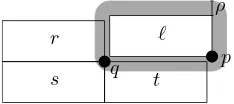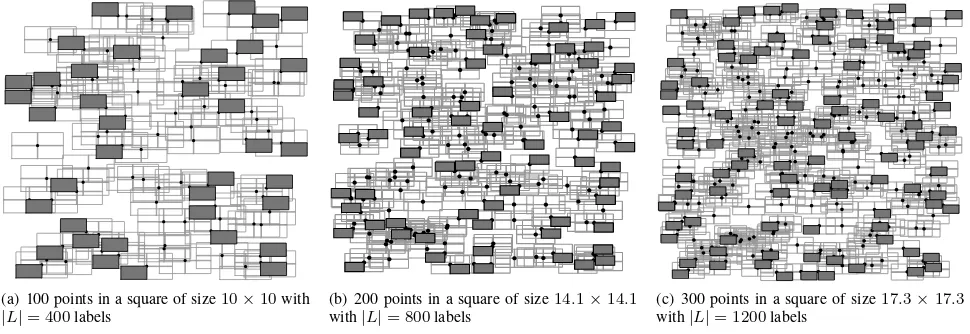isprs archives XLI B2 109 2016
Teks penuh
Gambar




Garis besar
Dokumen terkait
In the first basic configuration (Config.1), only one defined feature is used for feature extraction at each experiment, for which parameters are set manually
method are used as seed points and as the initial known-point set. T he first step of expansion is conducted on the known-point set iteratively to find the feature points.
This is a random, stochastic simulation (Monte-Carlo method) on a study area such that at each time period (t) the land cover values of a visited cell are recorded and being
For those building façades with repeated patterns under different illumination conditions, we select the optimal façade texture for the similar repeated
The algorithm is based on the fact that floodplain flow is approximated as a two dimensional diffusion wave; this implies the calculation of two spatial aspects of
Currently the research on mapping other data themes of TRKBIS is running in parallel and as a result; a Turkey national large-scale 3D information model that covers all
Water is continuously distributed in natural conditions; thus, this paper proposed a new method of water body extraction based on probability statistics to improve the accuracy of
To circumvent individual parametrisations as well as the risk of overfitting feature detection for a specific data set and first of foremost as a consistent and reliable